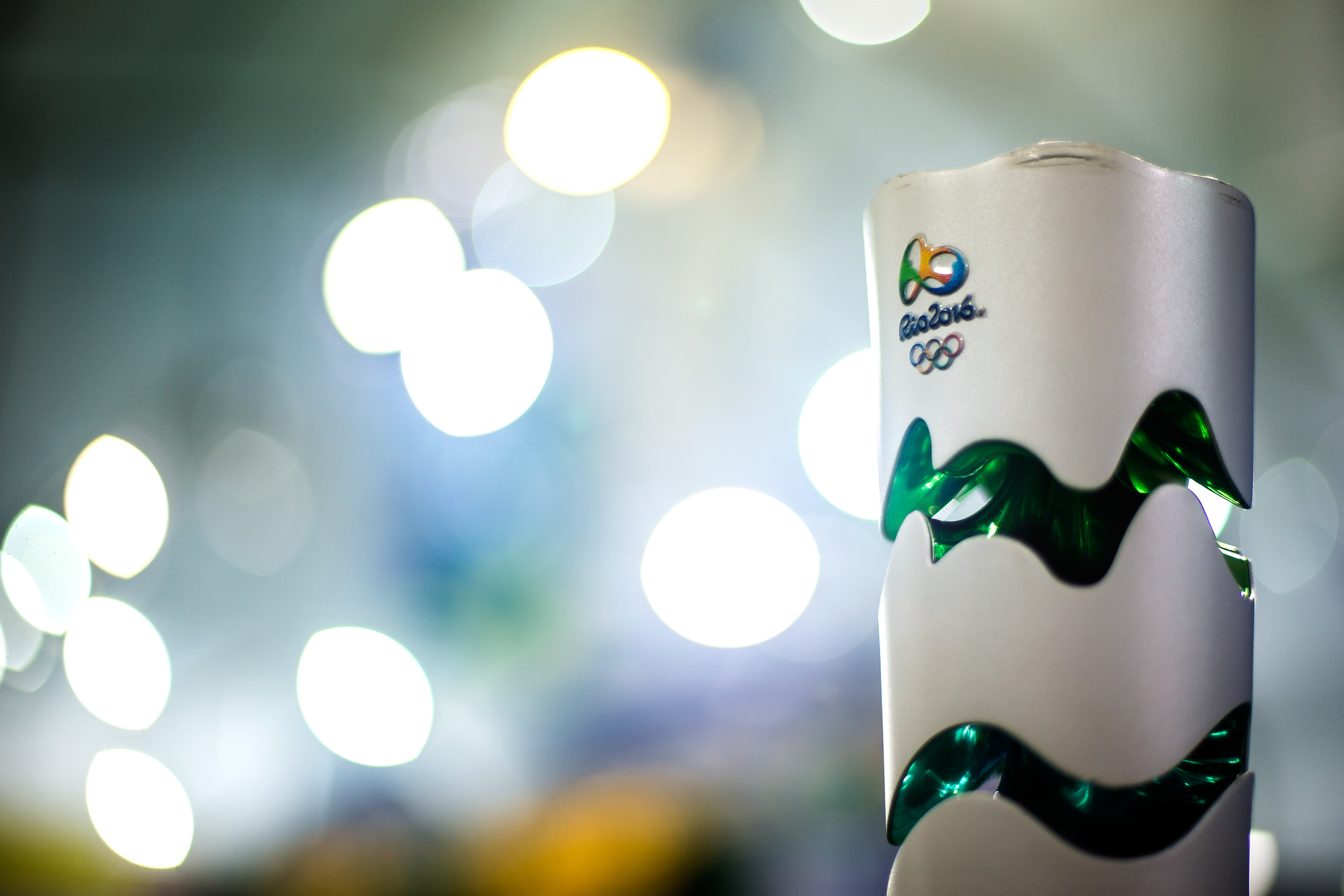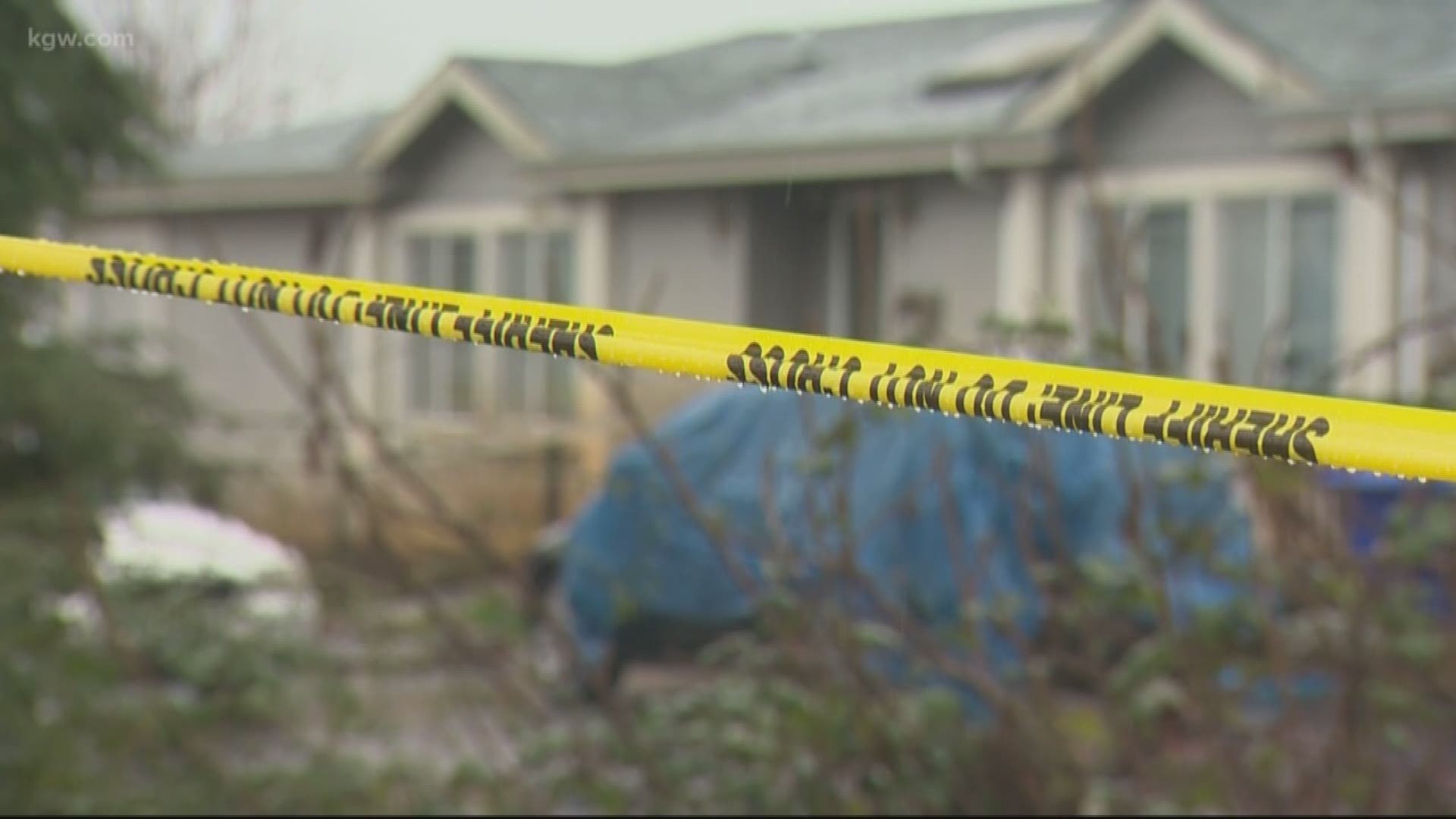The torch relay for next month’s Olympic Games began in April, in time-honored fashion. A high priestess at Olympia in western Greece lit a torch at the temple of Hera, using a parabolic mirror to catch the sun’s rays, and launched a journey of 12,000 miles that will end at Rio de Janeiro’s Maracana Stadium on Aug. 5.
It was a ceremony that smacked of ancient Greece, part of the eternal pageantry of the Olympics. Yet just as not all was as it seemed at the lighting — the high priestess was actually a Greek actress — neither does the torch relay represent the Games’ origins.
It was, in fact, invented by the Nazis.
“There was no torch relay like this in ancient times,” David Clay Large, a history professor, historian of modern Germany and author of Nazi Games: The 1936 Berlin Olympics, told USA TODAY Sports.
“The relay came into being as part of the political propaganda used by the Nazis to promote their cause in conjunction with the Olympics. And it has stuck around ever since.”
![Raw: Olympic flame lit in Greece [video : 83326054]](http://videos.usatoday.net/Brightcove2/29906170001/2016/04/29906170001_4855465577001_thumb-dd0b7525494eb214960f6a7067002068.jpg?pubId=29906170001)
While Adolf Hitler was initially uninterested in the Games, which had been awarded to Berlin before he rose to power, infamous propaganda minister Joseph Goebbels persuaded him that the event could provide a powerful publicity tool.
Hitler ordered Nazi party researchers to find links between the ancient Greeks and the Aryan race.
The idea for a relay that began in Olympia and stretched 1,980 miles to the new Olympic Stadium is widely credited to Carl Diem, the secretary general of the 1936 Olympics and a prominent German sports administrator and historian.
Not only was the concept German, the authorities wanted to be certain it was recognized as such.
![NBC Sports officials say Rio is ready, downplay concerns [oembed : 87053768] [oembed : 87053768] [oembed : 87053768] [oembed : 87053768] [oembed : 87053768] [oembed : 87053768]](/Portals/_default/Skins/PrestoLegacy/CommonCss/images/smartembed.png)
“I am pleased you want to present this German idea and organization to the participants,” Berlin Organizing Committee president Theodor Lewald wrote to Baron Pierre de Coubertin, the founder of the modern Olympics. “But it is necessary to say emphatically that the idea and the organization are German.”
Other elements of the relay make for uncomfortable consideration in hindsight. Pay Carstensen, an official of Germany’s Ministry of Public Enlightenment and Propaganda drove every mile of the route as part of the planning. The torch holders for each leg were made by the Krupp company, an arms manufacturer that produced the machine guns used across Europe as the Nazi march began three years later.
During the relay, onlookers in Bulgaria, Yugoslavia, Hungary, Austria and Czechoslovakia were encouraged to yell “Heil Hitler” as the flame went by.
“That route was significant too,” Large added. “Within a couple of years the Wehrmacht would essentially take the same route in reverse as they marched through Europe.”
Founder’s motives unclear
The legacy of Diem is decidedly mixed.
He accepted the support and patronage of the Nazi party to the benefit of his career, and, in the final weeks of World War II, encouraged a rally of Hitler Youth members to defend Berlin “to the death.”
However, his wife was of Jewish origin, Diem employed Jews and even his greatest detractors concede his work in the world of sports was laudable.
It is argued in Olympic Torch Relays 1936-1994, by Walter Borgers of the Carl Diem Institute, that Diem’s idea stemmed from a flame that was used at the ancient games in tribute to the Greek mythological figure Prometheus.
“In ancient times they had torches and fire and flame-related customs,” Large said. “There was a sacred flame, but nothing that resembles the modern torch relay.”
The 1936 relay was filmed by Leni Riefenstahl, Hitler’s favorite director, for her seminal documentary Olympia. While Riefenstahl’s cinematography was groundbreaking and remains an extraordinary piece of film making, it was widely used by Hitler and his henchman for propaganda.
![Leni Riefenstahl: Olympia - Festival of Nations (1936) [oembed : 87050090] [oembed : 87050090] [oembed : 87050090] [oembed : 87050090] [oembed : 87050090] [oembed : 87050090]](/Portals/_default/Skins/PrestoLegacy/CommonCss/images/smartembed.png)
“The film had the world fooled and it certainly had America fooled,” Rabbi Marvin Hier, founder of the Simon Wiesenthal Center and its Museum of Tolerance, said. “People thought what a wonderful country Germany must be, to be able to make such a beautiful piece of film. It was maybe the first widespread use of such clever PR by a dictator and of course it had a terrible outcome.”
The torch was greeted by 50,000 saluting Germans at the Czech border, and again in Berlin, at a huge youth demonstration bedecked with swastikas. It was carried on its final leg by former Olympian Fritz Schilgen, chosen because his fair looks were considered to be the embodiment of the German master race.
Within three years of the Berlin Olympics ending, Europe was gripped by a war that would spread across the globe. There would be no Olympics for 12 years, with the 1940 and 1944 editions being cancelled.
However, when the Games began again with London in 1948, it was decided that the torch relay should remain, seen this time as a symbol of peace. It has been a staple of Olympics ever since and has provided the games with some of its most iconic moments.
There was the shaking yet majestic arm of Muhammad Ali in Atlanta in 1996. Paralympic archer Antonio Rebollo fired an arrow to light the cauldron in 1992 in Barcelona. In 1964, the Tokyo cauldron was lit by Yoshinori Sakai, who was born in Hiroshima on the day that city was hit with an atomic bomb.
![Report: Jaguar shot after Olympic torch ceremony in Brazil [oembed : 87053706] [oembed : 87053706] [oembed : 87053706] [oembed : 87053706] [oembed : 87053706] [oembed : 87053706]](/Portals/_default/Skins/PrestoLegacy/CommonCss/images/smartembed.png)
Currently, the Olympic flame is making its way around southwest Brazil and has met some controversy along the route. Last month a man in the farming town of Maracaju was arrested for trying to extinguish the flame by throwing water on it.
Animal rights activists were enraged when a jaguar was fatally shot after breaking free as part of a torch relay ceremony in Manaus.
From Jesse Owens to L.A.
Yet for those who have been involved in the relay, especially those with links to the Berlin Games, the troubling history only adds to its lore.
“The torch relay will always be near and dear to my heart,” Gina Hemphill-Strachan, the granddaughter of Olympic legend Jesse Owens, said.
Owens, who was African-American, became the star of the Berlin Games, winning four gold medals, much to the annoyance of Hitler.
“1936 was one of those attempts to politicize the Games, but the spirit of the Olympics overcomes,” Hemphill-Strachan added. “It always overcomes. For us it has been a connection through the generations. The Olympics themselves have that bond, but the torch relay does too.”
Hemphill-Strachan was selected to be the first runner on American soil for the 1984 Los Angeles torch relay, then, four years after Owens’ death, brought the torch into the Coliseum for the penultimate leg at the opening ceremony, handing it off to Rafer Johnson to light the cauldron.
The most prolific torch relay runner in history was Louis Zamperini, the American 5,000-meter runner and fighter pilot immortalized in the movie Unbroken.
![How the Rio Olympic Games could be surprisingly affordable for U.S. fans [oembed : 87053880] [oembed : 87053880] [oembed : 87053880] [oembed : 87053880] [oembed : 87053880] [oembed : 87053880]](/Portals/_default/Skins/PrestoLegacy/CommonCss/images/smartembed.png)
Zamperini also took part in 1984, and went on to run in four more relays. The most emotional of those was in 1998 ahead of the Nagano Winter Olympics, when he ran a leg that took him by a former prisoner of war camp where he had been held captive.
“I actually feel fine about it,” said Louis’ son, Luke Zamperini, when asked about the torch’s history. “There was a pageantry that the Nazis brought to their politics and to their sports but to me it is not tainted because of that. It would be a shame to think of it that way, because then you are tainting all the great things that have happened in the relay since and all the enjoyment it has given people.
“It is not a negative, it is kind of the opposite. You think of the torch relay as a triumph. It meant the world to my dad. He loved doing it.”
With the Games fast approaching, Hemphill-Strachan will be tuning in with emotional memories when the final stages of the torch relay head through the streets of Rio.
“At Olympic time I think of my grandfather, and his struggle, and how he overcame adversity,” she said. “To me the torch relay kind of says everything about the Olympics. It had a difficult beginning and turned into something great and wonderful.”


![XXX GAMES OF THE XI OLYMPIAD_1641713GE_ACR016390004_11613.JPG S SPO OLY DEU [image : 87053328]](http://www.gannett-cdn.com/-mm-/1b9532114f1ec9817c87d144d4c6640a3ee1bec5/c=205-0-2794-2213/local/-/media/2016/07/13/USATODAY/USATODAY/636040300720275389-XXX-Games-of-the-XI-Olympiad-1641713GE-ACR016390004-11613.JPG)
